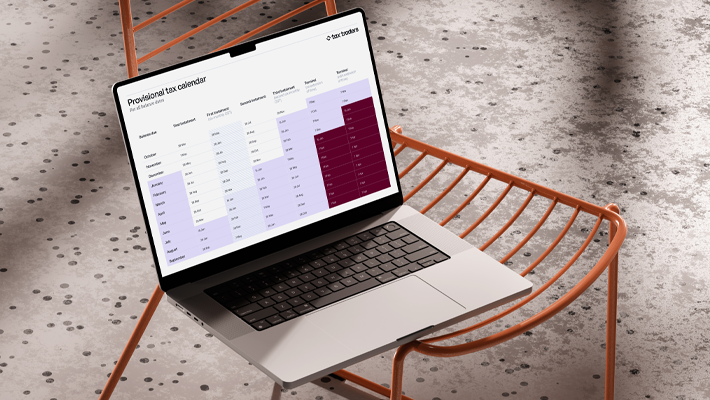Tax pooling update, August 2022

There have been a few recent provisional tax and tax pooling updates that may be of some assistance to taxpayers/advisers.1
These changes provide further flexibility to taxpayers around the payment of their tax, which is especially useful given the uncertain cashflows of many businesses during these economically turbulent times.
Tax pooling and the early payment discount
There is a discount for taxpayers who receive self-employed or partnership income and make voluntary tax payments (before the end of the income year) in their first year of business. Prior to 31 March 2022, the early payment discount rate was 6.7%, but from 1 April 2022 the early payment discount rate is 2%.
For ‘safe harbour’ taxpayers who use tax pooling, the earliest credit date for purchased funds is the taxpayer’s terminal tax date, so such purchased funds will not qualify for any early payment discount. Non-safe harbour taxpayers (those with a residual income tax in excess of $60k) in their first year of business however can use tax pooling to purchase tax in their first year of business and be credited with an early payment discount.2
Using tax pooling to satisfy a backdated liability
Previously, tax pooling could not be used where there was no existing assessment (except for voluntary disclosures for income tax or RWT, with leave from (and subject to the discretion of) the Commissioner of Inland Revenue (Commissioner)).
Taxpayers are now able to use tax pooling for voluntary disclosures related to tax types other than income tax and RWT (i.e. ESCT, FBT, GST, NRWT, PAYE, RSCT, further income tax, imputation penalty tax) where there is no existing assessment.3 Broadly, using tax pooling in these circumstances is subject to the following criteria: 4
- the taxpayer makes a voluntary disclosure of a new liability (not being a liability that arose from a return by the taxpayer or an assessment of the taxpayer);
- the voluntary disclosure is made before Inland Revenue has contacted the taxpayer;
- the taxpayer notifies the Commissioner of the details of the new liability and the notification results in an assessment of the new liability or in an obligation to pay the new liability;
- the voluntary disclosure is made within a reasonable time after the taxpayer becomes aware of the new liability, and before the date in (c) (with a reasonable time generally being around three months after knowledge of any such new liability (although what is a reasonable time will be determined on a case-by-case-basis)); and
- the Commissioner must be satisfied the new liability did not arise as a result of a choice by the taxpayer not to comply with their obligations under the Inland Revenue Acts or as a result of a failure by the taxpayer to take reasonable care to comply with those obligations.
The “reasonable care” test in (e) above is similar to that used when applying shortfall penalties – this involves establishing what a reasonable person would do in the same circumstances, considering the taxpayer’s age, health, and background.5
Safe harbour taxpayers: removal of requirement to pay in full and on time
Qualifying as a safe harbour taxpayer prevents UOMI being charged for underpaid provisional tax during the year, and UOMI is only charged after a taxpayer’s terminal tax date (late payment penalties still apply from the provisional tax instalment dates). Previously, in order for taxpayers to avail themselves of the safe harbour concession, they had to pay in full and on time (subject to a $20 tolerance per provisional tax instalment).6
A policy decision was made to remove the requirement to pay in full and on time in order for taxpayers to avail themselves of the safe harbour concession. This was due to the number of taxpayers that unintentionally paid one or two days late, whereby the application of UOMI and late payment penalties was considered a disproportionate consequence for this.
The requirement to pay in full and on time to access the safe harbour concession has been removed from the 2022-23 and later income years.
1 As enacted in the Taxation (Annual Rates for 2021-22, GST, and Remedial Matters) Act 2022, which amends the Income Tax Act 2007 and Tax Administration Act 1994.
2 Section RP 17B(4)(a) and (b) of the Income Tax Act 2007, as amended by the Taxation (Annual Rates for 2021-22, GST, and Remedial Matters) Act 2022.
3 Section RP 17B(14) of the Income Tax Act 2007.
4 Section RP17B(12) of the Income Tax Act 2007 (and see Tax Information Bulletin, Vol 34, No 5, June 2022, pp 34-35).
5 See Tax Information Bulletin, Vol 34, No 5, June 2022, page 35.
6 As per section 120KE(1)(a) and 120KF of the Tax Administration Act 1994, prior to being amended by the Taxation (Annual Rates for 2021-22, GST, and Remedial Matters) Act 2022.